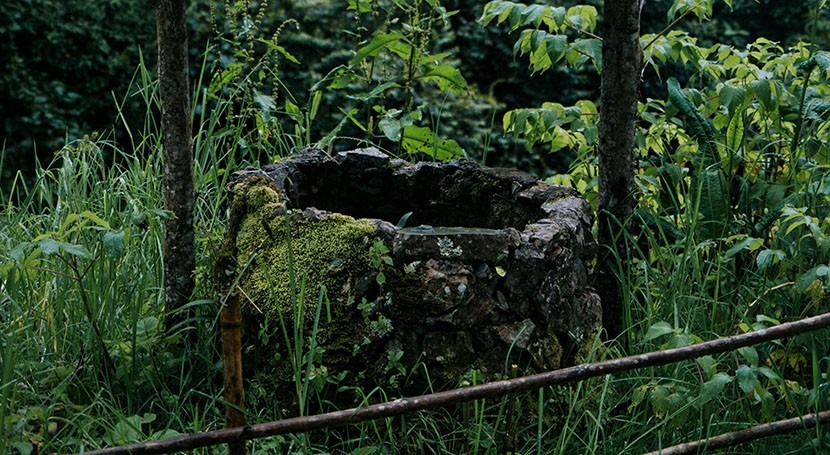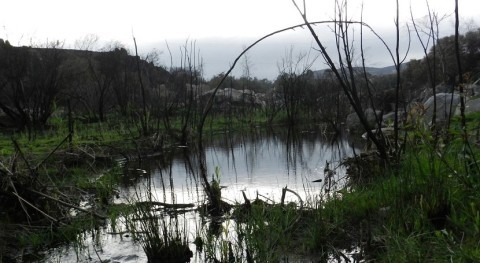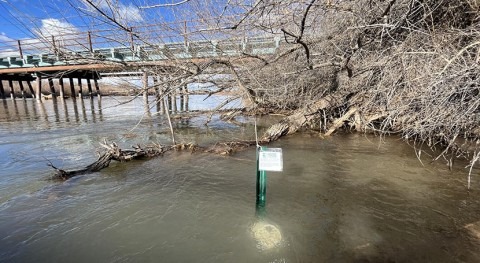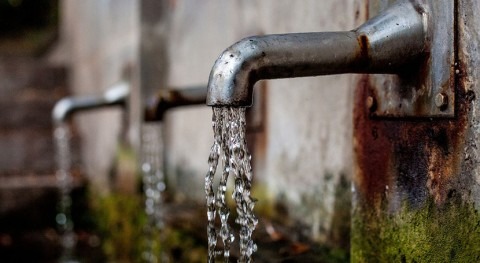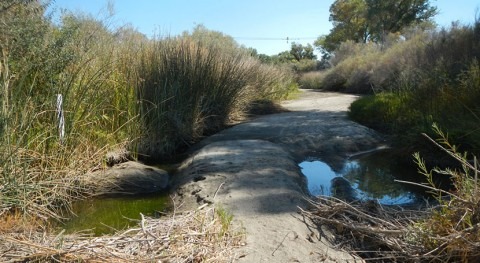The first national estimates of naturally occurring lithium in groundwater that can be used for drinking water were recently published by the U.S. Geological Survey. The USGS-led study focuses on groundwater that supplies water to both public and private wells.
Ongoing research by health organizations has linked the low-level occurrence of natural lithium in drinking water to positive human-health outcomes such as reduced suicide mortality and other mental-health benefits in addition to potential negative outcomes such as autism and thyroid hormone levels. There are limited data, however, on where and at what concentrations lithium occurs in drinking water, or on what levels can lead to different health impacts.
“Lithium in well water has not been commonly monitored or measured in the U.S. in the past, and these new estimates and maps help fill the gap in that lack of information,” said Melissa Lombard, USGS research hydrologist and lead author of this study. “Understanding the potential lithium concentrations in groundwater used for drinking water across the country enables health researchers to further investigate and better understand how human health can be impacted by lithium exposure.”
Health researchers can combine this USGS-led study’s findings with national health data to determine potential connections between low level lithium exposure and human health outcomes. This study can also help inform well owners, water utility organizations and water management agencies.
Lithium in drinking water is not currently regulated in the U.S. The metal is included in the most recent U.S. Environmental Protection Agency list of unregulated contaminants to be monitored by public water systems.
The USGS-led study estimates that lithium occurs in groundwater at concentrations of 30 micrograms per liter or higher in public and private wells in much of the western and southwestern states, including Montana, Wyoming, North Dakota, South Dakota, Colorado, Utah, Nevada, Arizona, New Mexico and Texas. While to a lesser extent, lithium at those concentrations is also estimated in groundwater in the eastern and northeastern states.

A map showing estimated lithium concentrations in groundwater that supplies public and private drinking water wells across the nation. The estimates are from a study led by the USGS.
This research focused on lithium occurrence due to natural processes, as the metal is present in certain minerals and can dissolve in groundwater. Naturally occurring lithium in groundwater is found at much lower concentrations compared to lithium used in pharmaceuticals to treat bipolar disorder and depression.
The USGS developed a machine learning model that incorporated data from 18,000 wells to estimate lithium in groundwater across broader areas of the U.S. The study presents lithium concentration estimates in four categories: less than four micrograms per liter of water, between four and 10 micrograms, between 10 and 30 micrograms and above 30 micrograms. These ranges were chosen based on lithium concentrations observed in water samples used in the model and with consideration of health-based screening levels.
Research by the USGS and the EPA identified 10 micrograms of lithium per liter of water as a health-based screening level. HBSLs are developed for some contaminants when EPA regulations are not established. While HBSLs are non-regulatory, they may indicate a potential human-health concern and can help inform future health research efforts.
The four primary types of information considered when estimating lithium concentrations were well depth, average annual precipitation, soil chemistry and the position of a well within a watershed, such as the distance of a well from a stream.
Lithium concentrations are likely to be higher when a well is deep, when there is low precipitation and if lithium is present in the surrounding soil. The relationship between lithium concentrations and the position of a well within a watershed is not as straight forward. The model developed in this study uses machine learning to identify these complex patterns.
USGS New England Water Science Center researchers worked with partners from the Desert Research Institute and public health experts from the University of Toronto on this study.

